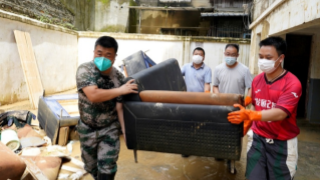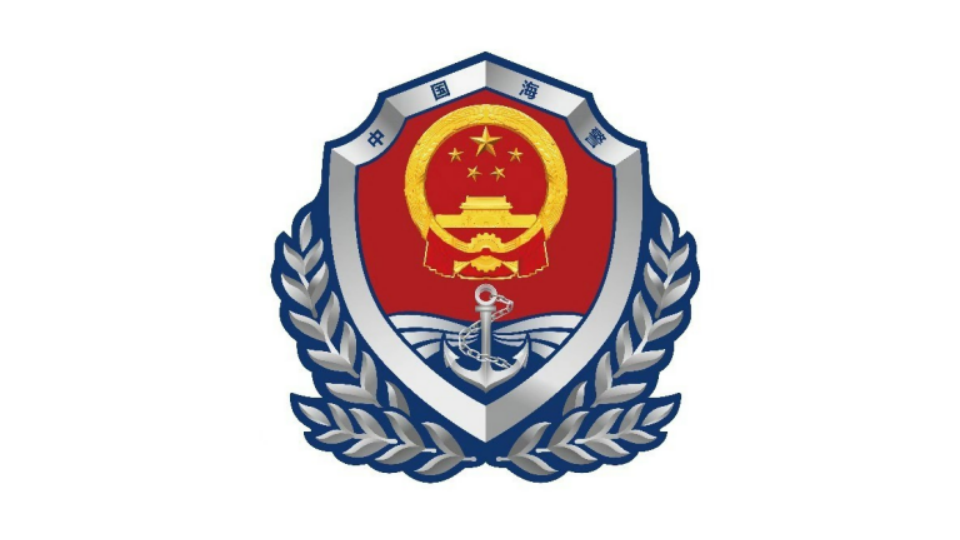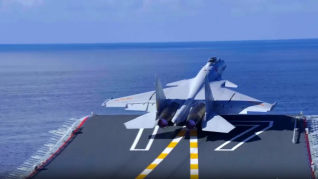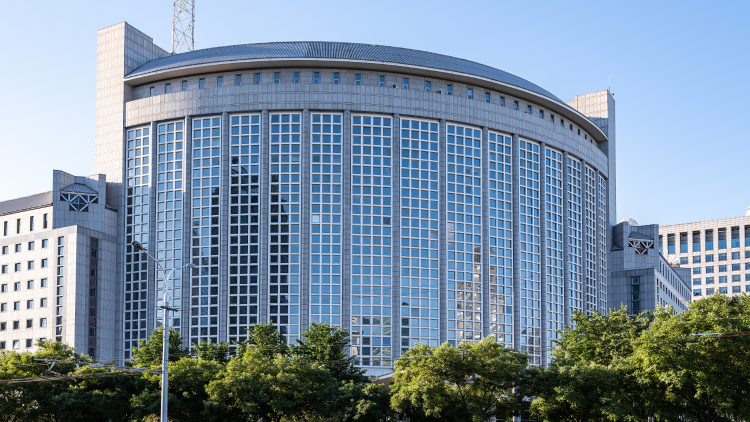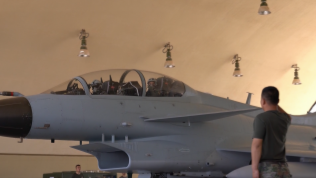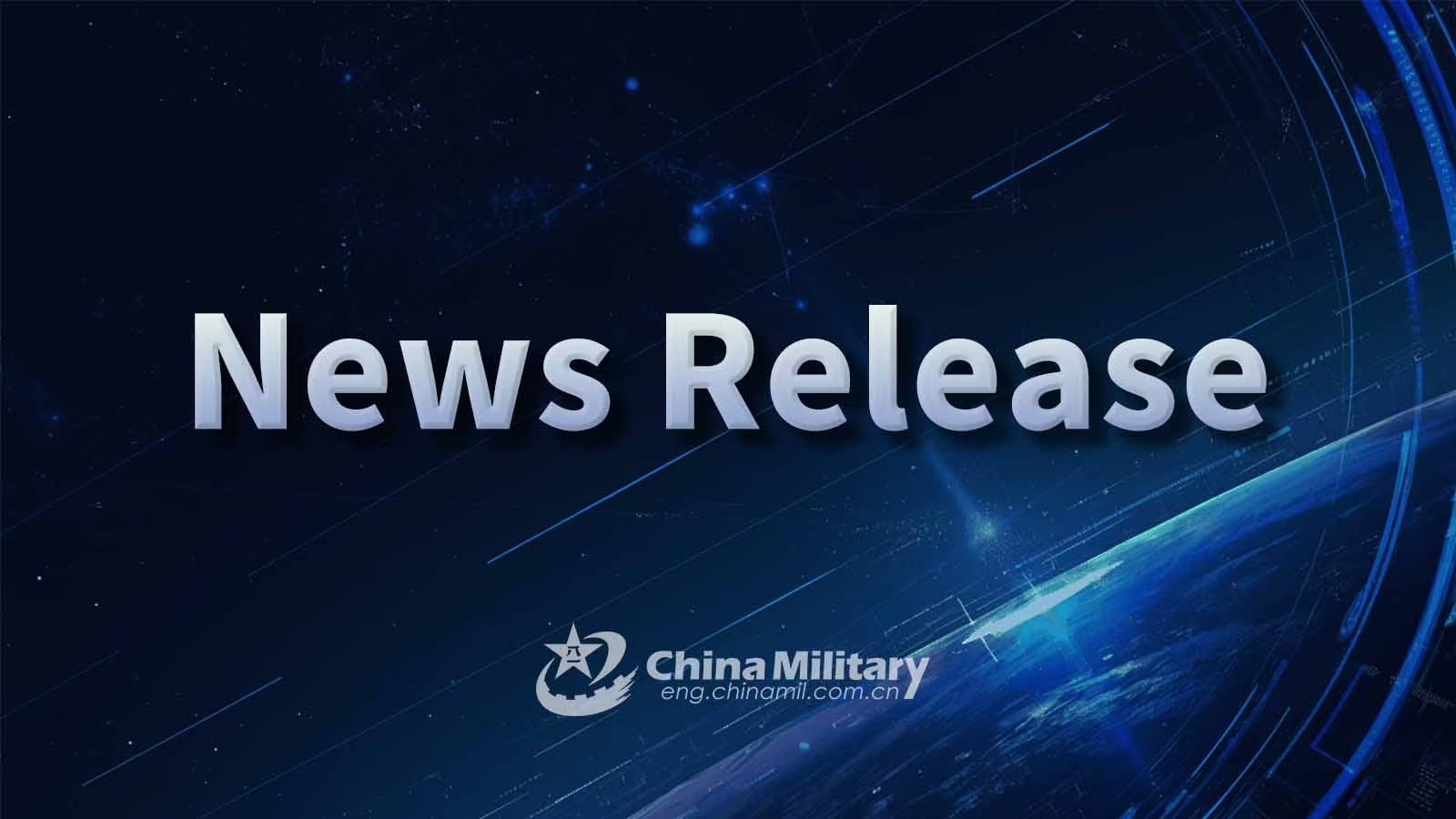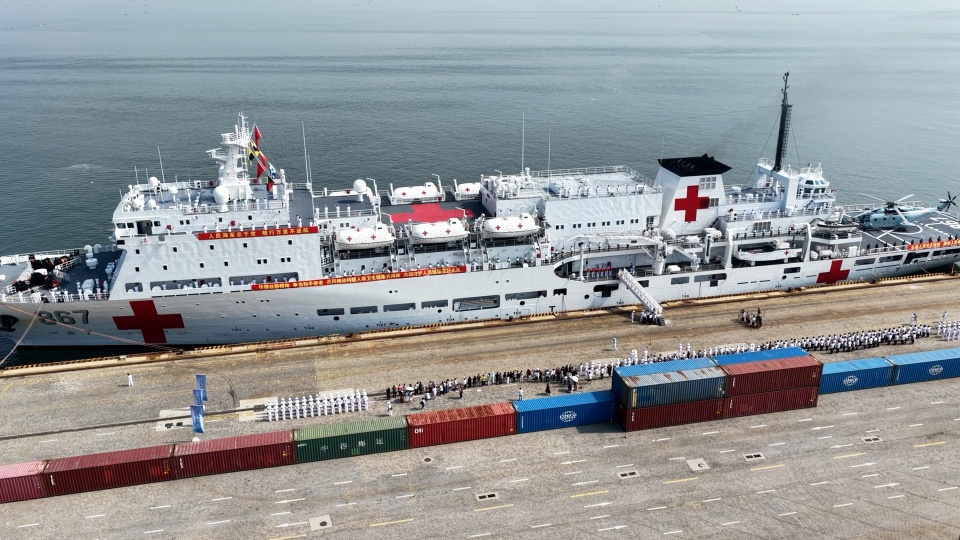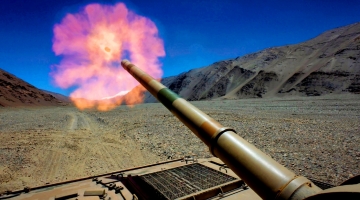
China Coast Guard drives away Philippine ship entering waters near China's Ren'ai Jiao. (Photo: Screenshot from the TV report)
Two supply ships and two coast guard ships of the Philippines intruded into waters near the Ren'ai Jiao of China's Nansha Qundao on August 5 without the permission of the Chinese government. At around 9:40 am, after multiple warnings being unattended, in order to avoid collision in the event of direct interception, the China Coast Guard (CCG) ship 5201 water-cannoned one of the supply ships, exercising self-restraint all along.
Ren'ai Jiao has historically been part of China's Nansha Qundao. On May 9, 1999, a clapped-out tank landing ship of the Philippine Navy sailed to Ren'ai Jiao and, after being "grounded" on its northwest for alleged "bilging", sent soldiers there in rotation with a mind to take "actual control". The Chinese side lodged solemn representation immediately.
The Philippines explicitly promised several times to tow away the military vessel deliberately and illegally "grounded" at Ren'ai Jiao. However, 24 years have passed and instead of towing it away, the Philippines has sought to repair and reinforce it on a large scale in order to permanently occupy Ren'ai Jiao. The Philippines' action gravely violates China's sovereignty, its own commitment, international law and the Declaration on the Conduct of Parties in the South China Sea (DOC) signed between China and ASEAN countries.
China once again urges the Philippines to immediately tow away the military vessel "grounded" at Ren'ai Jiao and restore Ren'ai Jiao to its original state of having no personnel or facility on it. Out of humanitarian considerations, China has made special provisional arrangements regarding the delivery of food and other living necessities to the vessel, but the Philippine side, taking advantage of China's goodwill, has continued to bring massive amounts of construction materials to the ship in the name of personnel rotation and supplies delivery. China has lodged its solemn concerns through diplomatic channels multiple times, suggesting that the two sides have talks about how to manage and control the situation on Ren'ai Jiao, but all these have fallen on the Philippines' deaf ear.
On August 5, the Philippines, against China's repeated warnings and dissuasion and the DOC, sent two vessels to waters near Ren'ai Jiao carrying construction materials that will be used to repair and reinforce the illegally "grounded" military vessel. CCG blocked the Philippine vessels in accordance with the law and adopted warning law enforcement measures, which are disposal measures taken to avoid any possible collision.
For a long time, the Chinese side has communicated with the Philippine side on the Ren'ai Jiao issue and suggested holding bilateral talks to decide on management and control measures as soon as possible. But the Philippine side, in disregard of China's efforts, is bent on sending construction materials to the allegedly "grounded" military vessel. This whole time, the US has been abetting and aiding Manila, not only supporting its actions by dispatching military aircraft and vessels, but also threatening China by citing the US-Philippines Mutual Defense Treaty, which is one of the reasons for the latest incident.
A closer look would show that the recent Ren'ai Jiao dispute between China and the Philippines took place against the backdrop when the US is taking faster steps to rope in Manila in the attempt to contain China by advancing its so-called "Indo-Pacific strategy".
Located at a critical juncture on the so-called "first island chain", the Philippines is only about 200km from China's Taiwan island at the closest point. At the same time, the two countries have always had some disputes regarding the sovereignty over South China Sea islands. These give Manila special strategic value in the eyes of the US. The previous Duterte administration followed a pragmatic foreign policy and pursued dialogue and cooperation with China. But as Manila ushered in a new administration last June, the US, taking the opportunity of the power takeover, is reinforcing Manila's reliance on it in a bid to stir up friction and confrontation between China and the Philippines and fish in troubled waters.
From a broader perspective, Washington has long taken the South China Sea, which it has nothing to do with, as a tool to contain China. Over the past few years, it has been peddling the lie of freedom of navigation being threatened in the South China Sea in order to drive a wedge among regional countries and find an excuse for instigating regional conflict. The Ren'ai Jiao incident once again proved that the US just cannot bear to see a peaceful and tranquil South China Sea and that it would jump at the slightest chance to make waves in the region.
The South China Sea is not a hunting ground for out-of-region countries, nor is it an arena for major-country competition. China and ASEAN countries should remain determined in pushing forward the consultations on the Code of Conduct in the South China Sea, resolutely say no to foreign interference, and hold firmly in their own hands the initiative and lead for solving the South China Sea issue.
Editor's note: Originally published on e.cdsb.com, this article is translated from Chinese into English and edited by the China Military Online. The information and opinions in this article do not necessarily reflect the views of eng.chinamil.com.cn.





